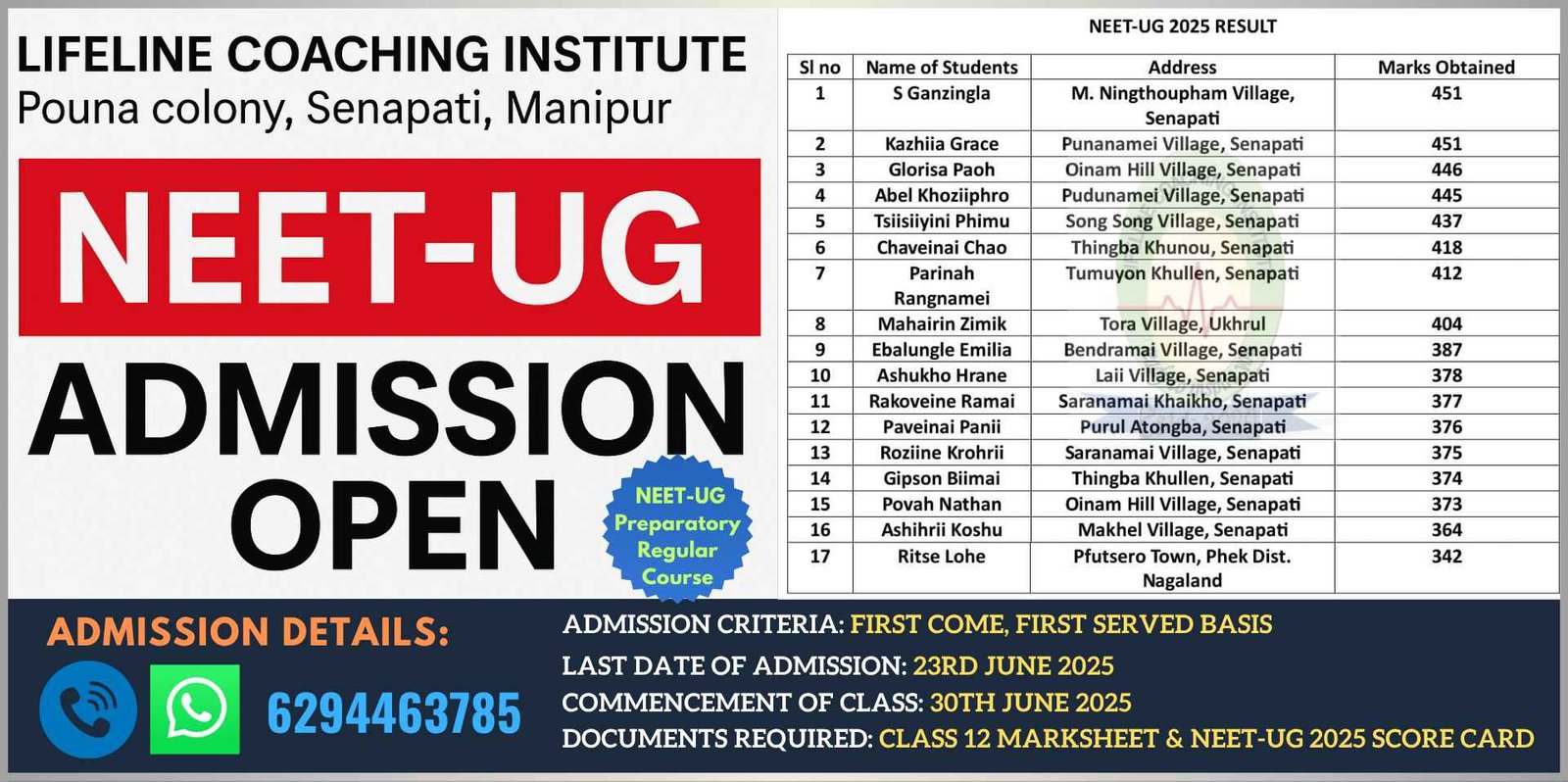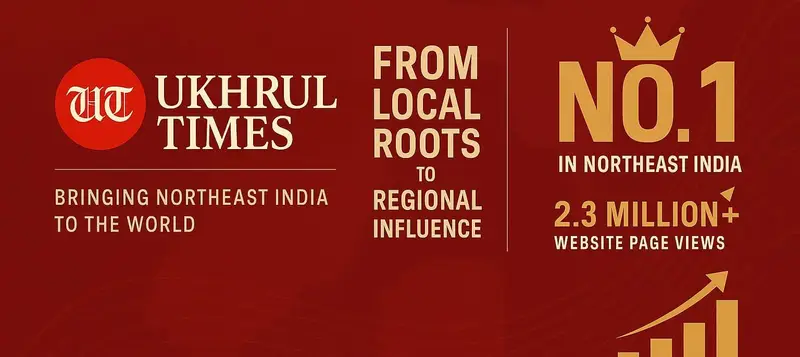Now Reading: Article 371-C Provides for “Hill Areas” and Maintaining Its Sanctity
-
01
Article 371-C Provides for “Hill Areas” and Maintaining Its Sanctity
Article 371-C Provides for “Hill Areas” and Maintaining Its Sanctity

Is the proposal to redraw district boundaries for administrative convenience a hegemonic design to encroach on tribal lands in “Hill Areas” in violation of Article 371-C and expand the land of valley districts? Article 371-C has given the area coverage of “Hill Areas” of Manipur and it therefore prevents alienation of tribal lands from “Hill Areas” and made part of a non-Hill Areas.
Unwittingly a tribal MLA from “Hill Areas” of Manipur has highlighted inconveniences faced by some tribal villagers in “Hill Areas” adjoining valley districts to access district headquarters in Hill districts without realising and understanding ramifications of his utterance. The Chief Minister shrewdly seized the opportunity and suggested to redraw boundaries of districts purely for administrative convenience and not on ethnic lines. This idea is fine as long as the arrangement of redrawing the boundaries of districts are between/among districts in the “Hill Areas”, but not transferring to non-Hill Area districts as it will certainly be a violation of the Constitution if tribal lands of “Hill Areas” is transferred to a valley district outside “Hill Areas”.
MLAs from the “Hill Areas” and the Chief Minister have forgotten that the definition of “Hill Areas” has been given under Article 371-C of the Constitution. The details of the jurisdiction of the “Hill Areas” among other things, provided under Article 371-C, have been notified in the Presidential Order dated 20th June 1972 and in the “First Schedule” which defines the “Hill Areas” as follows:-
“THE FIRST SCHEDULE
[ See paragraph 2(c) ]
HILL AREAS
(1) Manipur North, Manipur East, Manipur West and Manipur South revenue districts.
(2) Chandel, Chakpikarong and Tengnoupal revenue sub-divisions of the Manipur Central revenue district.
Explanation: Any reference to a revenue district or revenue sub-division in this schedule shall be construed as a reference to the areas comprised within that district or sub-division, as the case may be, on the 1st day of April, 1972.”
In 1972, Manipur had four revenue districts, apart from Central district, and three revenue sub-divisions which were referred to as “Hill Areas”. These “Hill Areas” districts are the present day districts of Senapati (including Kangpokpi), Ukhrul (including Kamjong), Tamenglong (including Noney), Churachandpur (including Pherzawl) and Chandel (including Chakpikarong sub-division and Tengnoupal district). The definition of “Hill Areas” has also been given in the Manipur (Hill Areas) District Council Act, 1971 which was enacted when Manipur was a “Part C State” without legislative powers.
Section 2(f) is reproduced below:-
“Section 2 (f) “Hill Areas” means the Hill Areas determined by the President by any notification issued under sub-section (2) of section 52 of the Government of Union Territories Act, 1963 (20 of 1963) and in force immediately before the commencement of this Act;” This definition has now been replaced by the definition given in the Presidential Order dated 20th June 1972 read with Article 371-C.
Article 371-C is reproduced below for ready reference. “Special provision with respect to the State of Manipur.
(1) Notwithstanding anything in this Constitution, the President may, by order made with respect to the State of Manipur, provide for the constitution and functions of a committee of the Legislative Assembly of the State consisting of members of that Assembly elected from the Hill Areas of that State, for the modifications to be made in the rules of business of the Government and in the rules of procedure of the Legislative Assembly of the State and for any special responsibility of the Governor in order to secure the proper functioning of such committee.
(2) The Governor shall annually, or whenever so required by the President, make a report to the President regarding the administration of the Hill Areas in the State of Manipur and the executive power of the Union shall extend to the giving of directions to the State as to the administration of the said areas.
Explanation.—In this article, the expression “Hill Areas” means such areas as the President may, by order, declare to be Hill areas.”
As stated in the “Explanation” given under Article 371-C, “Hill Areas” have been defined and specified in the “First Schedule” of the Presidential Order dated 20th June 1972. Article 371-C also provides for a Hill Areas Committee (HAC) consisting of members of Assembly elected from “Hill Areas” and it’s functions are specified in the “Second Schedule” of the Presidential Order dated 20th June 1972. This Order has given the Governor special responsibility to report annually to the President of India on the administration of “Hill Areas”. There are many other laws of the state wherein “Hill Areas” have been defined in accordance with the provision of Article 371-C.
Also read | Sparks of Naga Freedom Movement
The idea of tweaking with the boundaries between “Hill Areas” and “Valley” for administrative convenience would be a clear violation of the Constitution. Besides this, it will create several problems. Kangpokpi district has appendages on the eastern and western flanks of Imphal valley. The geography of these appendages provokes simplistic thoughts of carving out the appendages of Kangpokpi district and amalgamating them either with hill districts or valley districts. However, on account of Article 371-C, no portion of the “Hill Areas” can be alienated and made part of the valley district as they will lose their sanctity of being part of “Hill Areas” and violate Article 371-C.
Further, modification of boundaries of Hill districts and amalgamating part of “Hill Areas” to valley districts will have other ramifications. It will disturb the boundaries of district council constituencies, Assembly constituencies and parliamentary constituencies creating political controversies. Tribal villages in “Hill Areas” along with their land and population will shift into the valley district and it could result in reduction of the number of Assembly constituencies for “Hill Areas”. With administrative convenience in mind, modification of district boundaries is going to be a one-way traffic of enlarging the area of the valley districts by carving out tribal villages with lands from “Hill Areas” and not the other way round. Opposition, resistance and complications will be caused as many tribal villages in “Hill Areas” will find themselves under the Panchayati Raj institutions and outside district council administration, village authorities administration and Hill House Tax regime. This is due to the fact that the concerned laws, as their title states, are only applicable to the “Hill Areas” of Manipur viz. Manipur (Hill Areas) District Council Act, 1971; the Manipur (Village Authorities in Hill Areas) Act, 1956 and the Manipur Hill Areas (House Tax) Act, 1966.
Furthermore, tribal villages transferred to valley districts will be deprived of grants under Article 275(1) as their village will fall outside “Hill Areas”. What the people of Tamenglong had suggested earlier was to allow some Zeliangrong villages in “Hill Areas” of other hill districts to be brought under Tamenglong district which are all within “Hill Areas”. This suggestion of transferring some villages from other “Hill Areas” districts to Tamenglong district “Hill Areas” will not violate Article 371-C as the land adjustment/transfer will be done within “Hill Areas” of hill districts and the sanctity of “Hill Areas” will not be disturbed. Similarly, there will be no difficulties if the eastern and western appendages of erstwhile Sadar Hills is amalgamated with the adjoining hill districts. In short, areas of a hill district in “Hill Areas” can be increased or diminished by altering boundaries between/among hill districts within “Hill Areas”. However, transferring “Hill Areas” land to any valley district which are in non-hill areas cannot take place as it will violate the purpose and sanctity of “Hill Areas” protected under Article 371-C of the Constitution.
Members of Hill Areas Committee, comprising of 20 MLAs, 19 reserved and one unreserved constituencies, elected from “Hill Areas”, especially the Chairperson of Hill Areas Committee have Constitutional duty of objecting to the idea of Chief Minister for redrawing district boundaries purely for administrative convenience or any other purpose by amalgamating tribal villages in “Hill Areas” to valley districts as it would violate the provision of “Hill Areas” specially provided under Article 371-C. Besides this, any attempt to redraw district boundaries between hill districts and valley districts will have political ramifications on district council, assembly, parliamentary constituencies; village authority administration; hill house tax; traditional and customary practises of tribes, implementation of grants under Article 275(1) besides upsetting the current delicate relationship between Hill people and valley in an already troubled State. Such move has the potential of triggering a wider conflict between hill tribes and valley community.
In the midst of an already tensed ongoing Meitei and Kuki-Zo ethnic conflict, Manipur is currently under threat of yet another potential issue for conflagration created by the demand for Scheduled Tribe (ST) status by Meitei community. The ST demand by Meitei organisation as well as the idea of redrawing of districts boundary by the Chief Minister, would be perceived as threats from the dominant community targeting to take over of tribal lands in the “Hill Areas” of Manipur. Land is an emotive issue which triggers conflicts/wars and there will be fierce objections and resistance from the tribes. The twin assaults on tribal lands in “Hill Areas”, would only push the tribes in “Hill Areas” to consider some other alternative of safeguarding their land, and that could be demand for union territory or State to free themselves from constant attack on tribal lands. The loud thinking of Chief Minister, if proceeded further, will be yet another potential trigger for conflagration of conflict. The idea for redrawing district boundaries needs to be withdrawn, clarified and shelved straight away before further tension is added to an already vitiated atmosphere between people of hills and valley.
A piece of advice. MLAs from “Hill Areas” should seriously consider the ramifications of suggestion made by the Chief Minister. The time has come for MLAs from “Hill Areas” to read and understand relevant provisions of the Constitution of India and Acts thoroughly, particularly Article 371-C and the Presidential Order dated 20th June 1972; definition given in section 2(f) and functions in section 29 of the Manipur (Hill Areas) District Council Act, 1971; Article 275(1) regarding grants for ST areas; Article 342 regarding ST status and the Orders of Scheduled Tribes issued in respect of Manipur and other north eastern states; Article 244 and Article 244-A along with the Sixth Schedule regarding self government empowered to ten autonomous district/territorial councils in four north eastern states. Reading these documents is crucial to fight and respond to various attempts being made by the dominant community to keep Manipur tribals subjugated and backward. If MLAs are interested to understand the genesis of Article 371-C, they should read Section 52 of the Government of Union Territories Act, 1963. (All internet Links are given at the end of this article).
Maintaining the sanctity of “Hill Areas” of Manipur and its jurisdiction is crucial for existential survival of Manipur tribes and for safeguarding against hegemonic onslaught of the dominant community and keep the tribes subjugated.
LINKS:
https://necouncil.gov.in/sites/default/files/uploadfiles/371C.pdf (for Article 371-C)
https://e-pao.net/epSubPageExtractor.asp?src=news_section.ADC_1971_2010.Hill_Areas_Committee_Order_1972 (for Presidential Order dated 20 June 1972)
https://www.indiacode.nic.in/bitstream/123456789/1600/1/197176.pdf (for section 2(f) and section 29 of Manipur (Hill Areas) District Council Act, 1971)
https://indiankanoon.org/doc/465538/ (for Article 275(1) relating to grants for tribal/scheduled areas)
https://dopt.gov.in/sites/default/files/ch-11.pdf (for Article 342 relating to ST)
https://necouncil.gov.in/sites/default/files/uploadfiles/244.pdf (for Article 244)
https://necouncil.gov.in/sites/default/files/uploadfiles/244A.pdf (for Article 244-A relating to Bodoland territorial council)
https://www.mea.gov.in/Images/pdf1/S6.pdf (for Sixth Schedule)
https://indiankanoon.org/doc/54142289/ (for section 52 of Government of Union Territories Act, 1963)
(Ngaranmi Shimray is an activist and political observer based in New Delhi. Views are personal. Shimray2011@gmail.com. Feedback/comment @Aran Shimray on X)
This is not a Ukhrul Times publication. UT is not responsible for, nor does it necessarily endorse, its content. Any reports or views expressed are solely those of the author or publisher and do not necessarily reflect those of Ukhrul Times.
















